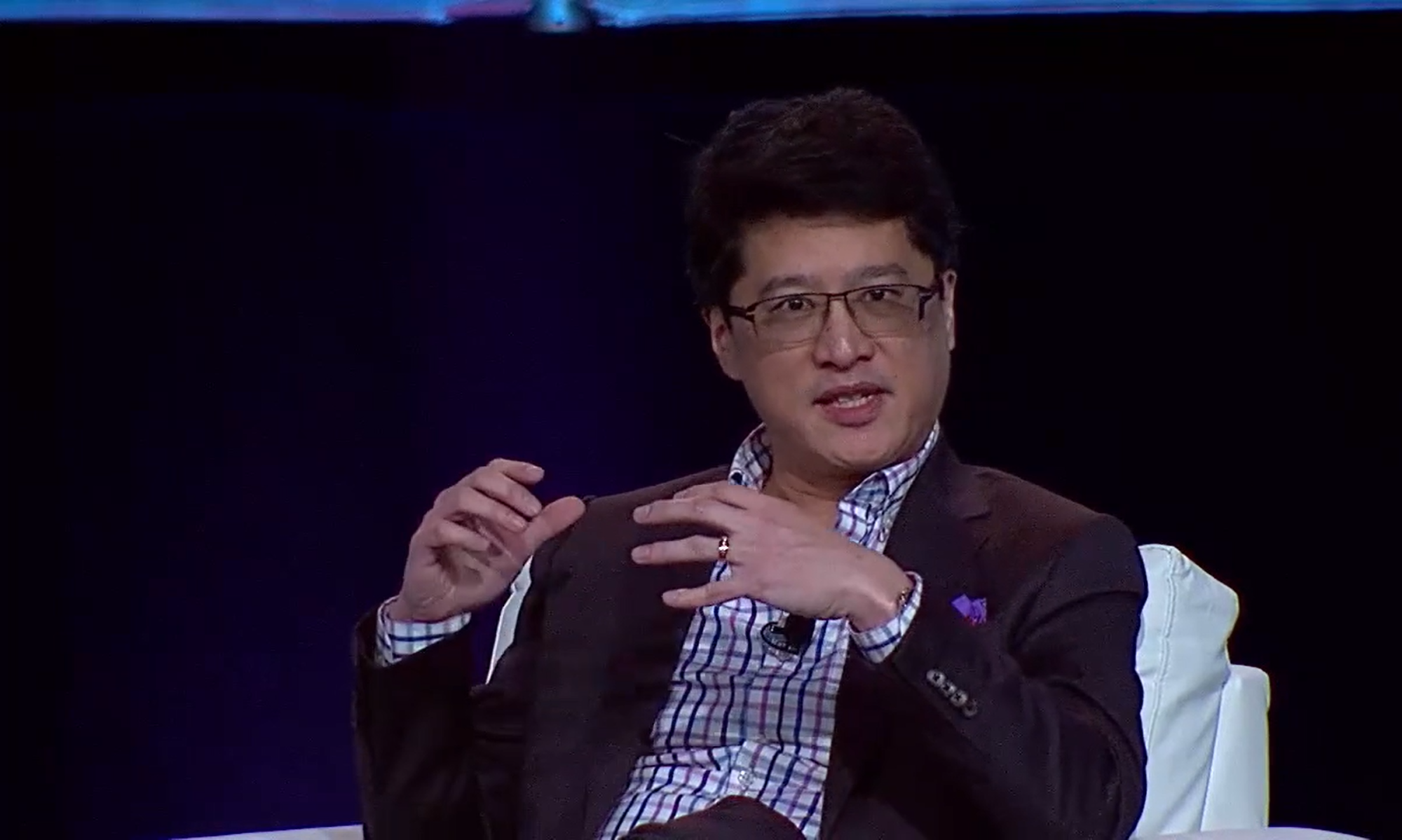In formulating new products and/or doing sales and business development, it is very easy to get caught up in jargon, frameworks, etc. that make a company’s offering sound sophisticated, but in the end, cloud the issue about why someone should purchase any product at all, not to mention your company’s product. Ed Sim, as motivated by a post by Mike Neven, posts about spinning one’s wheels in a sales process in the enterprise software space (I think the general direction of these implications go beyond just sales in enterprise software):
Interestingly enough, over the last year a trend I have been seeing is
the "do nothing" trend from enterprise customers. We find out that the
potential customer has budget, we are selected as the winner, and then
they do nothing.
Thus, while a very large percentage of proposed projects meet all technical, functional, business, and investment criteria for a client, many projects do not move forward.
Mike Neven suggests mastering three soft factors in the sales process that drive the subjective decision-making process of purchasers:
- Fear of Being Left Behind
- Board Room Pressure
- The Squeaky Wheel
Annecdotally, I have not seen as many cases of #3 as the other areas as this requires sophisticated timing to know when and where the squeaky wheel in the organization is at. I have used #2 tactics in startup situations, but I have found this harder to do in larger companies as the distance between the product group and account gets wider. #1 is a good one, but sometimes the market structure and industry analyst coverage may not work to one’s favor. I would suggest an addition to Mike’s list – if one can (as a supplier) show up to the bid opportunity and demonstrate credibility that one can actually get the job done (as opposed to blowing smoke) or solve an even bigger problem for the client (a variation of chinning up), this can be a winning factor. I have used this tactic in a number of competitive deals (i.e., one or more competitors at the table) and led the winning bid. I might frame this tactic as a "Don’t Miss This One/Specific-Fit Opportunity".
